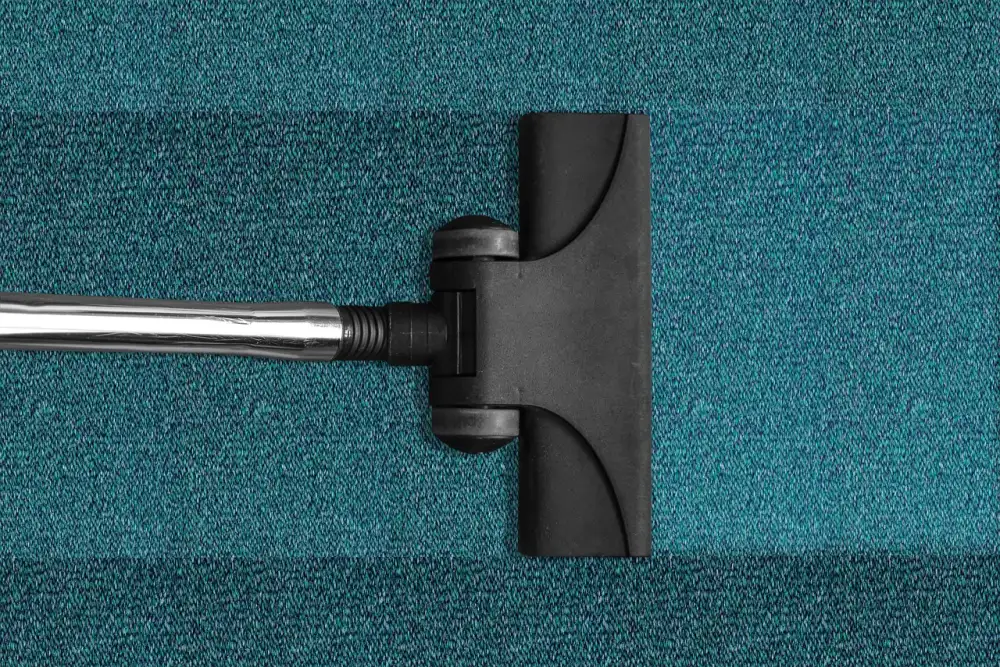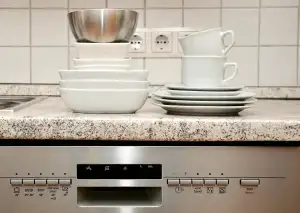Master the Art of Cleaning a Cast Iron Skillet: A Step-by-Step Guide to Maintaining Your Home Cookware

Cleaning a cast iron skillet is an essential skill for any home cook. With proper care and maintenance, your cast iron skillet can become a beloved kitchen companion that lasts for generations. However, cleaning this versatile piece of cookware requires some special attention. In this step-by-step guide, we will walk you through the process of cleaning and maintaining your cast iron skillet to ensure its longevity and optimal performance. So let's dive in and master the art of cleaning a cast iron skillet!
Gather the Necessary Supplies
To effectively clean a cast iron skillet, you will need to gather a few essential supplies. These include a stiff nylon brush or scrubber, coarse salt or baking soda, dish soap (optional), paper towels or clean cloth, and vegetable oil or shortening for seasoning. Having these supplies on hand will ensure that you have everything you need to properly maintain your cast iron skillet.
Preparing the Skillet for Cleaning
Before you start cleaning your cast iron skillet, it's important to prepare it properly. Begin by allowing the skillet to cool completely after use. Never attempt to clean a hot skillet as this can cause burns.
Once cooled, use a paper towel or a soft cloth to wipe away any excess oil or food residue from the surface of the skillet. Be sure to remove any large food particles that may be stuck on.
Next, rinse the skillet under warm water to remove any remaining debris. Avoid using soap at this stage as it can strip away the seasoning of the skillet. Instead, rely on gentle scrubbing with a brush or sponge to dislodge any stubborn bits.
If there are still some stubborn stains or residue left on the skillet, you can create a paste using coarse salt and water. Apply this paste onto the affected areas and gently scrub with a brush or sponge until the stains are lifted.
Once you have thoroughly cleaned the skillet, rinse it again under warm water to remove all traces of salt or debris. Make sure to dry it completely using a clean towel or by placing it over low heat on your stove for a few minutes.
By properly preparing your cast iron skillet for cleaning, you ensure that it is ready for the next step in maintaining its beauty and longevity.
Scrubbing Away Residue
Scrubbing away residue is an essential step in cleaning a cast iron skillet. After soaking the skillet, use a stiff brush or sponge to scrub away any remaining food particles or grease. Be sure to use gentle but firm pressure to avoid damaging the seasoned surface of the skillet. Pay extra attention to areas with stubborn residue, such as burnt-on food or sticky spots. Continue scrubbing until the surface feels smooth and clean to the touch. Rinse the skillet thoroughly with warm water to remove any loosened residue.
Removing Stubborn Stains
Sometimes, despite our best efforts, stubborn stains can still cling to the surface of our cast iron skillet. But fear not! There are a few tricks you can try to remove those pesky stains. One method is to create a paste using equal parts baking soda and water. Apply the paste to the stained area and gently scrub with a non-abrasive sponge or brush. Rinse thoroughly and dry immediately. Another option is to use kosher salt as an abrasive agent. Sprinkle a generous amount of salt onto the stained area and scrub vigorously with a damp cloth or sponge. Rinse well and dry thoroughly before moving on to the next step. Remember, patience is key when dealing with stubborn stains, so don't be discouraged if it takes a few tries to completely remove them.
Drying and Seasoning the Skillet
Once you have thoroughly cleaned your cast iron skillet, it is important to dry it completely to prevent any moisture from causing rust. Start by using a clean towel to remove any excess water from the surface of the skillet. Next, place the skillet on a stovetop burner set to low heat for a few minutes. This will help evaporate any remaining moisture.
After drying, it's time to season your skillet. Seasoning is the process of adding a thin layer of oil to the surface of the skillet to create a non-stick coating and protect it from rusting. To do this, apply a small amount of vegetable oil or shortening all over the skillet, including the handle and exterior.
Using a paper towel or cloth, spread the oil evenly across the entire surface, making sure there are no pools or drips. Then, place the skillet upside down in an oven preheated to 350°F (175°C). Let it bake for about an hour.
During this time, the oil will polymerize and form a durable coating on the skillet's surface. This seasoning process will enhance its non-stick properties and make it easier to cook with over time.
After an hour has passed, turn off the oven but leave the skillet inside until it cools down completely. This slow cooling process helps strengthen and bond the seasoning layer to the cast iron.
Once cooled, your cast iron skillet is ready for use again! Remember that each time you cook with your skillet, you are also contributing to its seasoning and building up its natural non-stick properties. With proper care and regular seasoning, your cast iron skillet can last for generations while providing exceptional cooking results.
Storing the Cast Iron Skillet Properly
Once your cast iron skillet is clean and dry, it's important to store it properly to maintain its quality. Here are a few tips to help you store your skillet correctly:
1. Avoid stacking: Cast iron skillets are heavy and can cause damage if stacked on top of each other. To prevent scratches or chips, place a cloth or paper towel between each skillet when storing them.
2. Choose a dry location: Moisture is the enemy of cast iron, as it can lead to rusting. Find a cool, dry place in your kitchen to store the skillet. Avoid storing it near the sink or any other areas where it may come into contact with water.
3. Use a lid or cover: If possible, use a lid or cover for your skillet when storing it. This will protect it from dust and prevent any accidental bumps that could cause damage.
4. Re-season before storage: If you're planning on storing your cast iron skillet for an extended period of time, consider giving it a quick re-seasoning before putting it away. This will help maintain its seasoning and prevent rusting.
By following these simple steps, you can ensure that your cast iron skillet stays in great condition for years to come. Proper storage is just as important as proper cleaning and maintenance when it comes to preserving the beauty and longevity of this versatile cookware.
In conclusion, properly maintaining your cast iron skillet is essential for preserving its beauty and longevity. By following the steps outlined in this guide, you can ensure that your skillet remains in excellent condition for years to come. Remember to clean it after each use, using gentle scrubbing techniques and avoiding harsh chemicals. Dry it thoroughly and apply a thin layer of oil to prevent rusting. Store it in a cool, dry place to avoid moisture damage. With proper care, your cast iron skillet will continue to be a valuable tool in your culinary adventures.
Published: 18. 12. 2023
Category: Home



